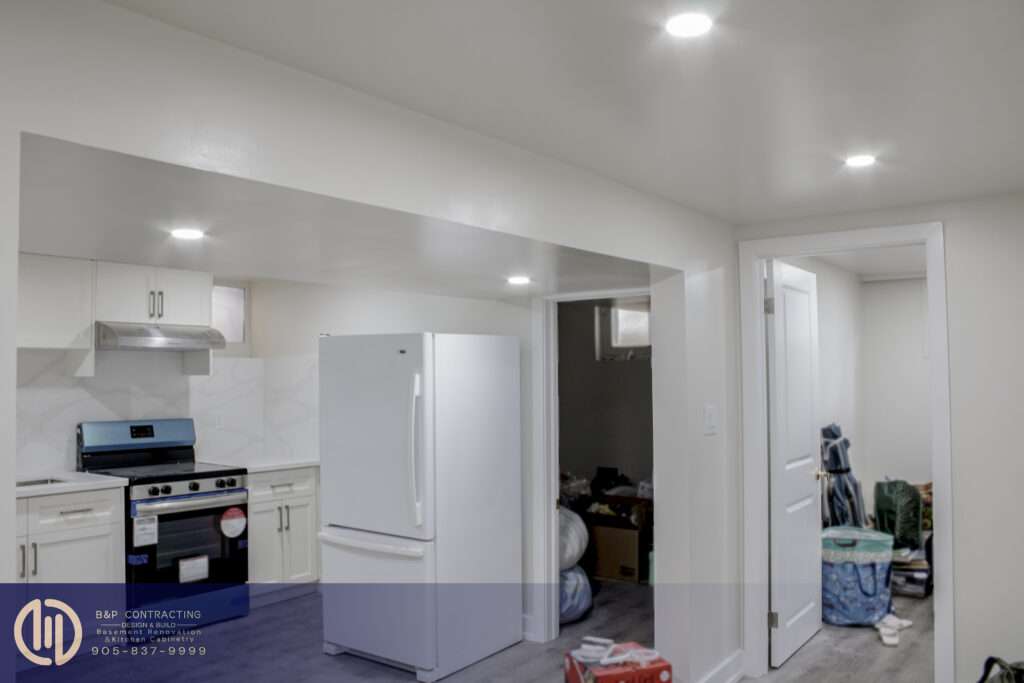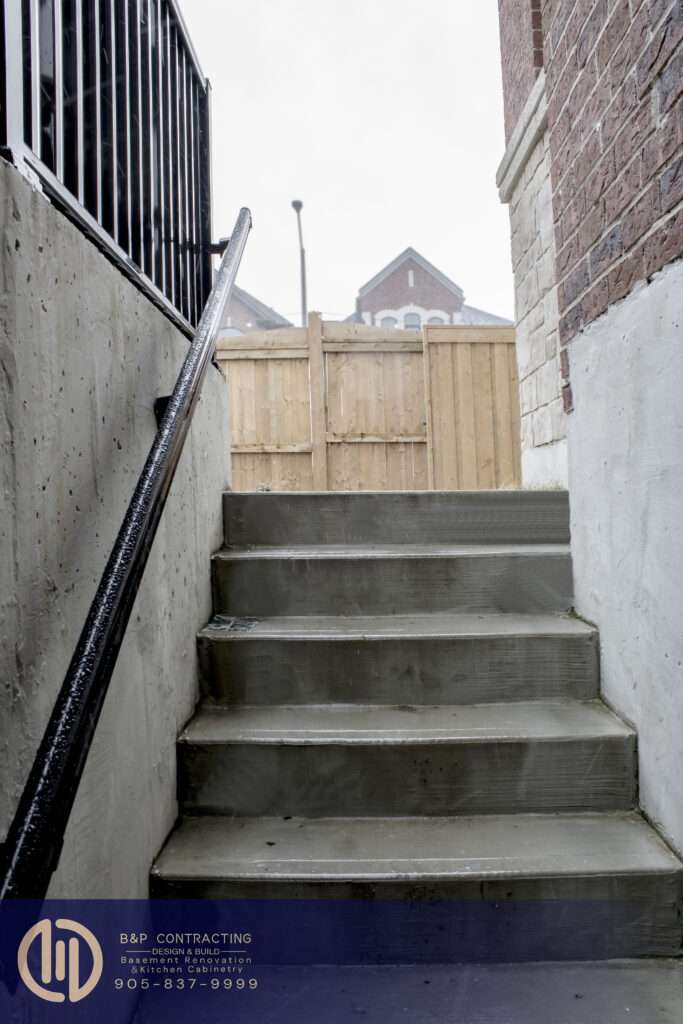What Are the Different Types of Basements?

Looking to transform your basement into a functional and inviting space? Before you embark on your basement renovation journey, it’s important to have a clear understanding of the different types of basements available. From walkout to garden level, each type comes with its own unique advantages and considerations. In this comprehensive guide, we will explore the various types of basements, helping you make informed decisions that align with your goals and budget.
Finished Basements: Pros and Cons
A finished basement also adds significant value to your home, both in terms of market appeal and livability. It can increase the overall square footage of your property, making it more attractive to potential buyers. Additionally, a well-designed and finished basement can enhance the overall aesthetics of your home, creating a seamless flow between the upper and lower levels.
Despite the numerous benefits, there are some potential drawbacks to consider when opting for a finished basement. The cost of the renovation can be substantial, depending on the scope of work and desired finishes. Proper insulation and waterproofing are crucial to prevent moisture issues, which can be an ongoing maintenance concern. It’s important to weigh the costs and benefits to determine if a finished basement aligns with your budget and long-term goals.
Unfinished Basements: Pros and Cons
Unfinished basements, as the name suggests, are basements that have not been fully developed or renovated. These types of basements are essentially a blank canvas, offering endless possibilities for customization. The main advantage of an unfinished basement is the lower upfront cost compared to other types. You have the freedom to design the space according to your specific needs and preferences. Whether you want to create a home gym, storage area, or workshop, an unfinished basement provides the flexibility to accommodate your vision.
However, there are several considerations to keep in mind when opting for an unfinished basement. One of the major downsides is the lack of insulation and HVAC systems. This can result in poor temperature control and potential moisture issues. Additionally, an unfinished basement may lack proper lighting and flooring, making it less inviting and comfortable compared to finished basements. It’s essential to evaluate the costs and potential challenges of finishing an unfinished basement before committing to this option.
Walkout Basements: Pros and Cons
Walkout basements, also known as daylight basements, are a popular choice for homeowners who want to maximize natural light and create a seamless connection between the indoor and outdoor living spaces. These basements have an exterior door or large windows that allow direct access to the backyard or patio area. The main advantage of a walkout basement is the abundance of natural light it offers, creating a bright and airy atmosphere even in the lower level of the home.
A walkout basement provides additional living space that can be utilized for various purposes, such as a home theater, a guest suite, or a recreational area. The direct access to the outdoors makes it easier to entertain guests or enjoy outdoor activities without having to go through the main entrance of the house. Furthermore, walkout basements often have higher ceilings compared to traditional basements, giving a more spacious and open feel to the area.
However, there are some considerations to keep in mind when considering a walkout basement. The layout and design of the property must be suitable for a walkout basement, as it requires a slope or elevation change in the land. The construction process can be more complex and costly compared to other types of basements due to the excavation work required. It’s essential to consult with a professional and evaluate the feasibility and cost implications before deciding on a walkout basement.

Daylight Basements: Pros and Cons
Daylight basements, similar to walkout basements, are designed to maximize natural light and create a bright and inviting lower level of the home. These basements have windows positioned at or above ground level, allowing ample sunlight to enter the space. The main advantage of a daylight basement is the enhanced natural lighting, which can make the area feel more like a main living space rather than a basement.
A daylight basement provides the opportunity to create additional living space that can be used for various purposes, such as a home office, a family room, or a hobby area. The abundant natural light makes it a desirable space to spend time in, eliminating the traditional perception of basements being dark and dreary. Furthermore, daylight basements offer better views of the surroundings, allowing you to enjoy the outdoor scenery even from the lower level of your home.
However, there are certain considerations to take into account when opting for a daylight basement. The availability of natural light is dependent on the location and orientation of the windows. Proper window placement and sizing are crucial to maximize the benefits of daylight. Additionally, the construction process may require excavation or modification of the existing foundation to accommodate the windows. It’s important to consult with a professional to ensure the structural integrity of the basement and evaluate the feasibility of creating a daylight basement in your home.
Crawl Space Basements: Pros and Cons
Crawl space basements are a unique type of basement that is typically characterized by a shallow height, allowing limited access and storage space. These basements are often found in older homes or regions with high water tables. The main advantage of a crawl space basement is the lower construction cost compared to traditional basements. The minimal excavation required reduces the overall expenses, making it a more budget-friendly option.
Crawl space basements can be utilized for storage purposes or as a utility area where mechanical systems, such as HVAC units, can be located. The limited height can still accommodate essential utilities without the need for a full basement. Additionally, a crawl space basement can serve as a buffer zone between the ground and the main living areas, providing insulation from temperature fluctuations.
However, there are several considerations to keep in mind when considering a crawl space basement. The limited height restricts the potential uses of the space and may not be suitable for creating additional living areas. It can also make accessing stored items or performing maintenance tasks more challenging due to the confined space. Proper insulation and moisture control are crucial to prevent issues such as mold or dampness. It’s important to assess your specific needs and evaluate the limitations of a crawl space basement before making a decision.
Hiring a Professional for Basement Construction or Renovation
While some homeowners may choose to tackle their basement construction or renovation project as a DIY endeavor, hiring a professional can provide numerous benefits and ensure a successful outcome. At B&P Contracting, we offer high quality basement finishing and general construction services in Durham region with affordable prices to our valued clients. Your unfinished or standard basement will be turned into a lively place to enjoy with family and friends, a private office to work in, or your own personal gym. Anything is possible, and your free quote will let our designers get a feel for exactly what you want.
In conclusion, transforming your basement into a functional and inviting space requires careful consideration of the different types of basements available. Whether you opt for an unfinished basement, a finished basement, a walkout basement, a daylight basement, or a crawl space basement, each type comes with its own unique advantages and considerations.
